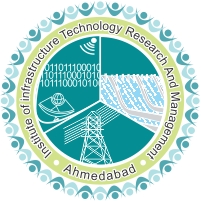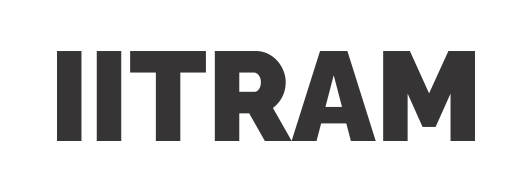Evaluation of Interface Behaviour and Load-Settlement Characteristics of Geosynthetics-Reinforced Landfill Mined Soil like Fraction for Fill Applications
Authors :- AS Reddy, M Mungule, TN Dave, KKR Iyer
Publication :- International Journal of Geosynthetics and Ground Engineering, 9, 84, 2023
Landfill mining is one of the efficient and economical methods to manage legacy municipal solid waste; wherein, significant proportion of the mined waste consists of landfill mined soil like fraction (LMSF). The presence of organic matter, heavy metals, material heterogeneity and wide variability in properties has restricted the utilization of LMSF as material source. In this context, the present study explores the application of geosynthetic reinforcement for performance improvement of LMSF as a fill material. LMSF is initially characterized to obtain its engineering properties. Further, large direct shear tests are carried out to quantify the shear strength parameters at LMSF-geogrid and LMSF-geotextile interface. An interaction coefficient of about 0.6 and 0.58 has been obtained for LMSF-geogrid and LMSF-geotextile interfaces, respectively. Moreover, plate load tests have been conducted on LMSF-geogrid and LMSF-geotextile reinforced fill at various depth of embedment (ranging from 0.25B to 1.5B) and varying areal extent of reinforcement (ranging from 1 to 5B). An enhanced bearing capacity ratio of 2.1 and 1.8 has been obtained for geotextile (at 0.25B depth) and geogrid (at 0.75B depth) reinforced LMSF, respectively; that is comparable with reinforced soils adopted for fill applications. The study makes a novel effort to conceptualize and quantify the stress–strain response at geosynthetic-LMSF interface, and demonstrates the beneficial application of geosynthetics reinforcement of LMSF with enhanced bearing capacity ratio and settlement reduction ratio. The study findings reflect the potential of geosynthetic-reinforced LMSF as a sustainable fill material, a small step towards achieving United Nations sustainable goals.

